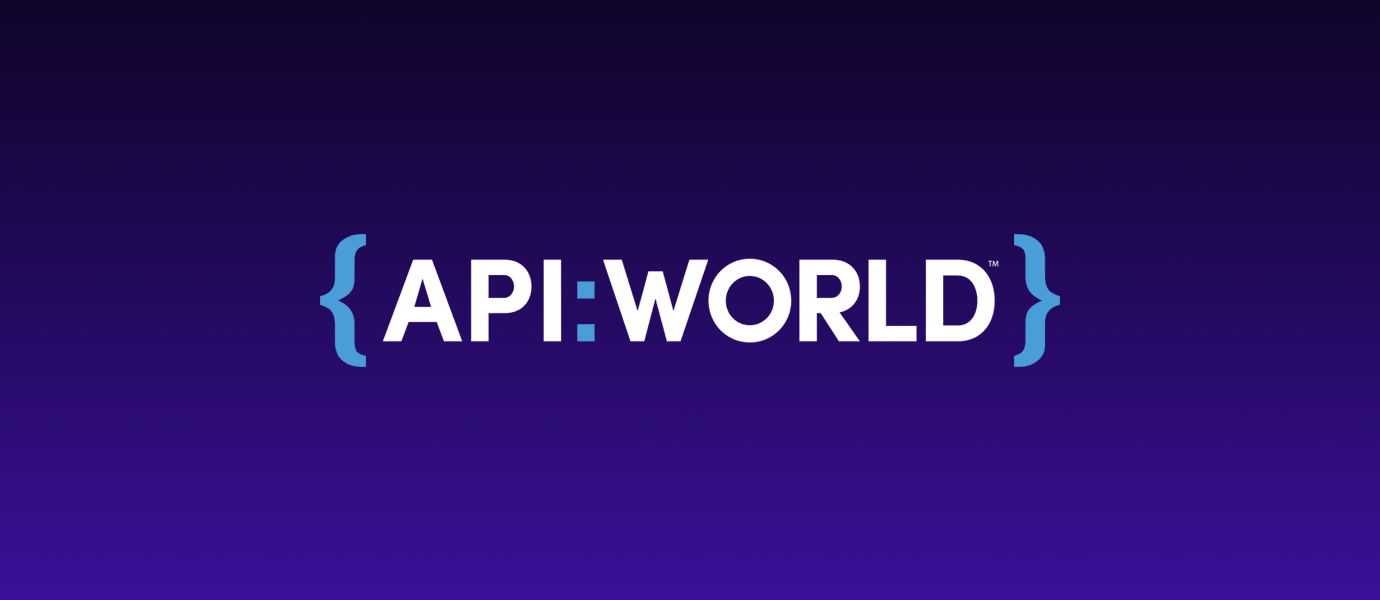
The world of API developer relations, developer evangelism, and advocacy is tricky – and marketing APIs is no easy task. APIs can, on the surface, seem to be a dime a dozen (there are over 18,000 listed on Programmable Web!), but quality developer experiences, especially ones that address business needs, are very rare.
Without APIs, the digital experiences that we expect every day as consumers would be impossible to deliver. APIs are doing everything from driving information-rich marketing campaigns to connecting mobile apps to streamlining internal operations. Perhaps the greatest promise of the API Economy is that every company will be able to easily sell, deliver their functionality and add to their customer experience, through an API. Businesses now know that investing in an API strategy can pay significant dividends. In fact, every technology company has to either work with APIs, integrate APIs and/or create their own APIs to be competitive.
API World 2018 took place on September 10-12, 2018 at the San Jose Convention Center in San Jose, CA. As an exhibitor at the show, my perspective was different than years past when I was simply a starry-eyed attendee, exploring what was on offer at my own pace. This year featured intriguing speakers, an energized crowd, and community activities, like a Hackathon, API Awards, VIP lunches, mentor meetings, and, of course, after-parties.
What struck me most, and I suspect was very obvious to anyone paying attention, was that companies, businesses and service providers were targeting specific use cases. Traditionally, APIs have tended to be built for specific reasons: to solve a range of problems with which businesses are wrestling, with a focus on scalability, versatility, and general applicability. Now, it seems, that general applicability is being replaced with a laser focus on solving highly targeted challenges.
API World 2018 presented a view of the industry that was different than I had seen in prior years. While none of these use cases was overtly unique, or even necessarily new, what was truly at the forefront was that the API community was focusing on five key things:
Niche and/or Specific Market Space
Everywhere I looked I saw vendors who were targeting a specific business market space. Some vendors were addressing personal security, while others showcased the use of barcodes on any device, a few strictly handled integrated affiliate promotions, and still others presented ways to better connect with other APIs via drag and drop UIs. This trend shows that companies and businesses realize that their customers’ businesses, in many ways, have to be API-enabled themselves.
B2B Dependence On Integration
According to Google, 60% of businesses agree that an integration strategy of connecting devices, delivering information across platforms, and controlling the flow of the information (how it is gathered, captured, displayed and utilized in real time) is critical to their business strategy. The B2B world is increasingly reliant on technology, especially API integrations.
Connectivity, collaboration, and success with partners and customers represent the lifeblood that drives organizations. During 2018, API World participants emphasized a common belief that more than 50% of all B2B collaboration will take place via API integration. Providing a way for partners to exchange products and information is fundamental to B2B success.
Customizable API Platforms
Customers are also looking for APIs that fit their project-specific business needs. In other words, integration can’t be “one size fits all.” API mediation is becoming a more familiar concept as many organizations begin to evolve beyond their first foray into the API Economy. API mediation is a solution for enriching or personalizing interactions between distributed application and service components. API providers must start to deliver more tooling that expands their addressable market.
Event-Driven Integrations
It is clear that many architects and developers have a high interest in planning and adopting event-driven integrations. The WebSockets standard is now well established as an efficient mechanism to stream data in real-time, and Webhooks is gaining momentum as the protocol and pattern of choice for basic event-driven APIs.
As businesses start to get off the starting blocks and scale their event-driven architectures, constructs like Functions are elevating applications beyond the natural limits of WebSockets to bring event-driven applications to the next level.
Increased Security Measures
APIs provide access to data and services otherwise locked behind corporate firewalls. They enable easy development of web and mobile products and empower organizations to do business in new ways. This strategic opportunity opens up new vulnerabilities, and according to an article by Dzone.com APIs are becoming a preferred attack vector for unscrupulous individuals, organizations, and governments.
Being HIPAA-compliant, SOC 2 certified, and GDPR-aware has become central to success. PubNub’s development framework and Data Stream Network (DSN) provides the development, security, and operations teams to be able to work together and maximize security by embedding it in the code.
The world of API integration is fast-paced and dependent on new technological advances. Working at PubNub, who is one of the leaders in the space, I have seen and learned first-hand how the emerging trends in the API industry are evolving. Our focus, and the industry’s focus, needs to be on improving connections – because in a connected world nobody has time wait.